Best Practices for Installing a Roof Cricket: Essential Guide
A roof cricket is a triangular structure that diverts water away from chimneys and skylights. It prevents leaks and structural damage. This guide covers everything you need to know about roof crickets and their installation.
Key Takeaways
-
Roof crickets are triangular structures designed to divert water away from roof penetrations like chimneys and skylights, preventing leaks and structural damage.
-
Proper installation and materials selection for roof crickets are essential for ensuring effective water diversion, compliance with building codes, and enhancing the roof’s longevity.
-
Regular inspections and maintenance of roof crickets are crucial for detecting issues early, removing debris, and ensuring the system remains watertight and effective.
Understanding Roof Crickets
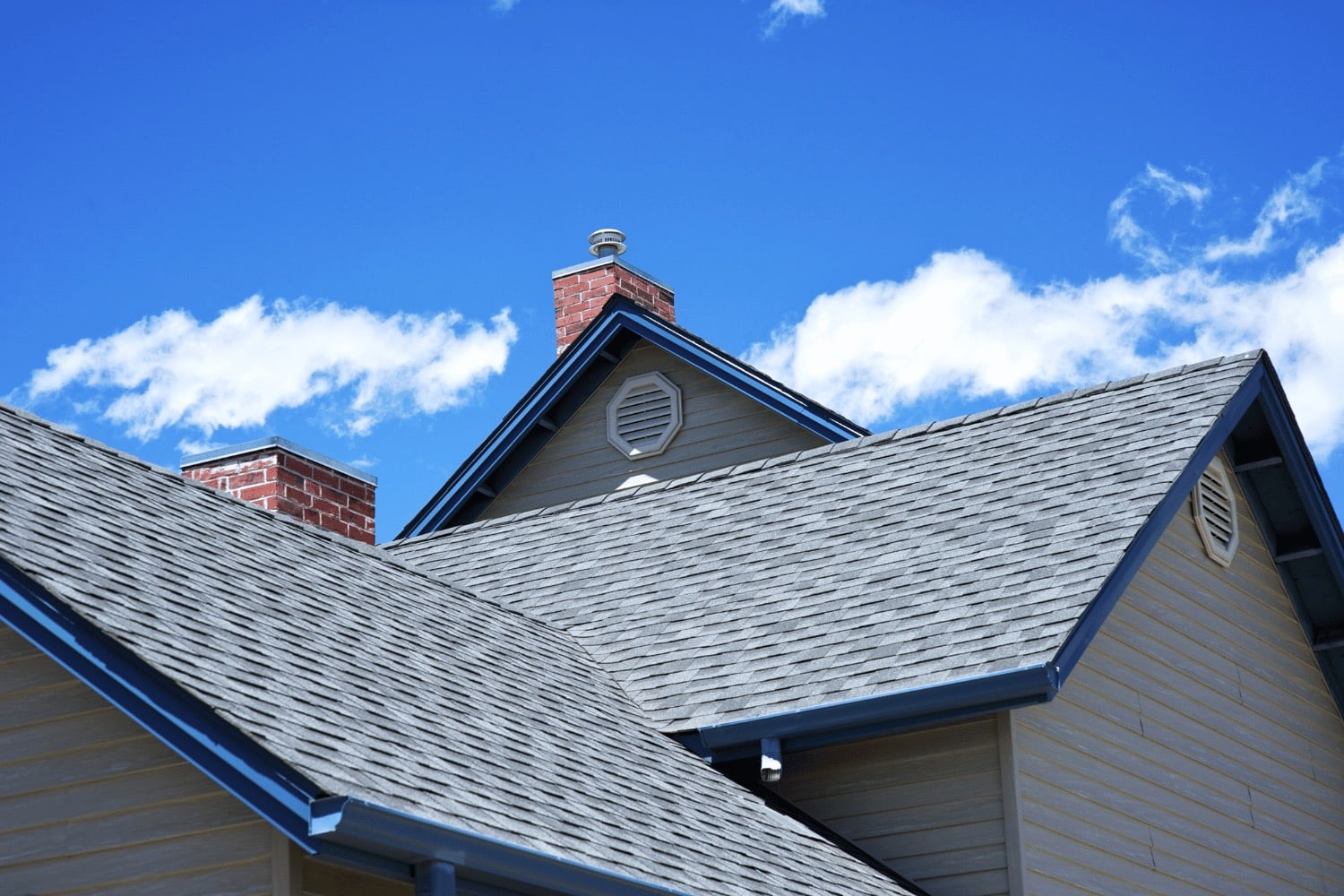
Designed in a triangular shape, roof crickets act as a defense against water accumulation near roof penetrations such as chimneys and skylights. They serve the purpose of channeling water away from susceptible areas towards the assigned drainage points on a roof. On low-sloped roofs, crickets help divert water to drains and scuppers, preventing structural damage caused by standing water.
The role of roof crickets on a roof is significantly valuable, especially in areas susceptible to heavy rainfall or snow. Their function to redirect rainwater from key areas mitigates potential leaks and structural problems. Without roof crickets, water can accumulate and cause significant problems, including leaks, mold growth, and damage to the roof.
Definition and Purpose
A roof cricket is a triangular structure that is typically installed behind a chimney, skylight, or other roof protrusion. Its purpose is to help divert water toward a drainage location. These structures are specifically designed to stop water from leaking through your chimney or skylight and guide rainwater to the drainage system.
Crickets contribute to the prevention of leaks and safeguarding your roofing system’s integrity by redirecting water away from roof protrusions.
Common Locations for Roof Crickets
Roof crickets are typically installed in the following areas:
-
Behind chimneys in residential roofing in a triangular pattern
-
Around HVAC units and skylights to prevent water from collecting and causing structural issues
-
In low areas at the roof perimeter
-
Around HVAC or electrical equipment
-
Between drains and wall scuppers
Importance of Roof Crickets
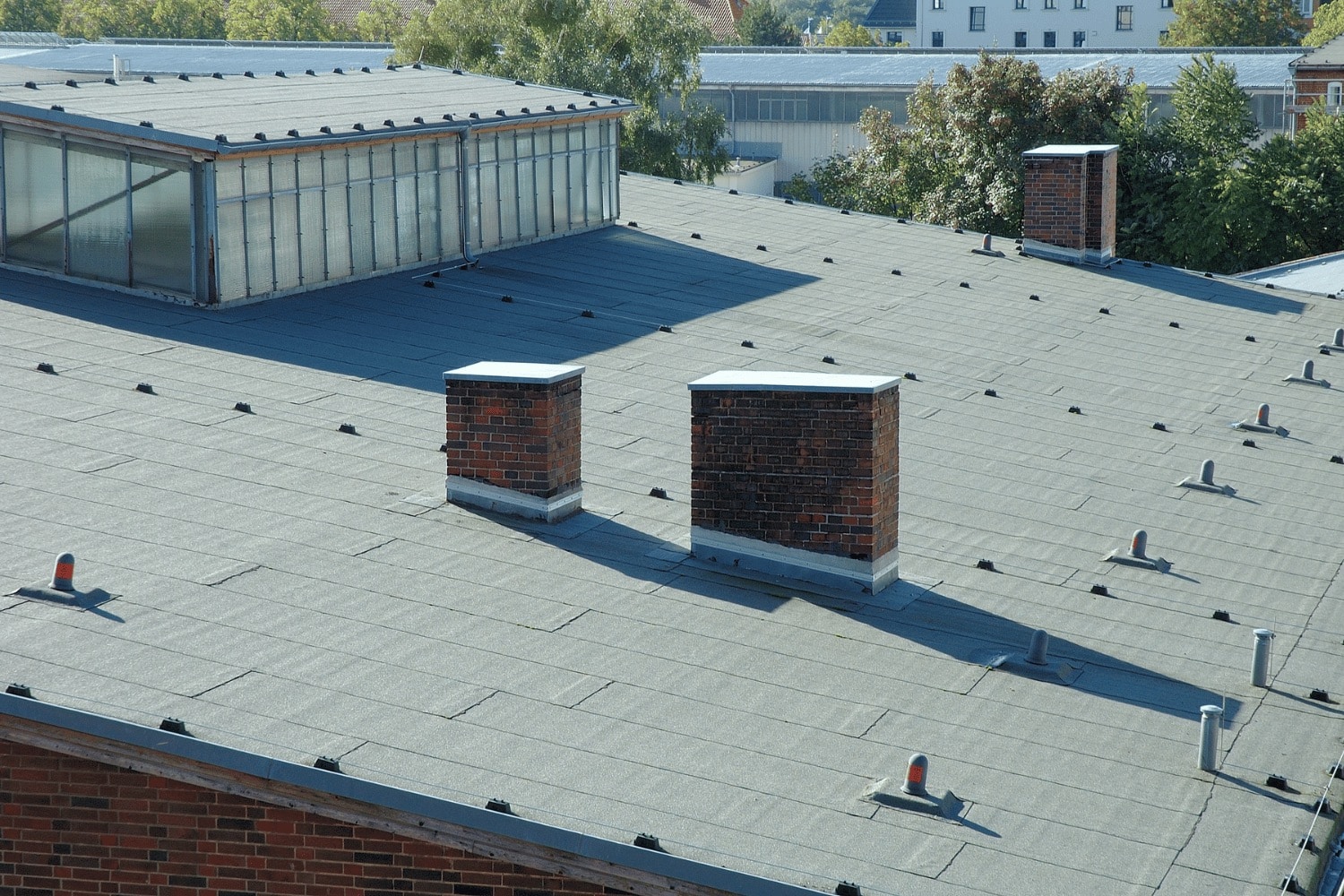
The functions of roof crickets extend to preventing water damage, promoting roof longevity, and adherence to building codes. By directing water away from roof penetrations such as chimneys and skylights, crickets reduce the risk of leaks and structural issues. Proper drainage provided by roof crickets ensures the performance and longevity of the roofing material and any components it’s protecting, saving money on repair costs in the long run.
Additionally, roof crickets assist in adhering to building code requirements that demand appropriate water drainage and structural integrity. This compliance is essential during remodeling or roof replacement projects, especially in regions with specific regulations for roof constructions. Therefore, having roof crickets installed is a worthwhile investment for homeowners looking to protect their roofing system and ensure its durability.
Preventing Water Damage
The crucial role of roof crickets in preventing water damage involves:
-
Channeling water towards drainage points
-
Minimizing the risk of leaks and mold growth
-
Preventing water from pooling around the base of chimneys
-
Minimizing the risk of deterioration and moisture infiltration
-
Preventing significant structural damage over time if not properly managed.
By diverting water away from vulnerable spots on the roof, crickets help to prevent water from penetrating the roofing structure and causing mold growth. This proactive measure not only protects the roof deck and underlying materials but also helps maintain a healthy indoor environment by minimizing the risk of mold-related health issues.
Enhancing Roof Longevity
When installed correctly, roof crickets can provide the following benefits:
-
Prolong the lifespan of roofing material through the prevention of water damage
-
Reduce the need for maintenance
-
Ensure effective drainage, which helps to prolong the lifespan of the roof
-
Reduce the frequency and cost of repairs
This enhancement in durability makes worthwhile investment roof crickets a smart choice for homeowners looking to safeguard their roofing system and overall property.
Compliance with Building Codes
Certain regional building codes may necessitate the presence of crickets on specific chimneys, highlighting their significance during remodeling or roof replacement ventures. Compliance with these codes ensures proper water drainage and structural integrity, which are critical for the safety and longevity of the roofing system.
For instance, many local roof cricket building codes mandate the installation of roof crickets and roof curbs for chimneys wider than 30 inches to ensure effective water diversion and structural safety.
Materials Used for Roof Crickets
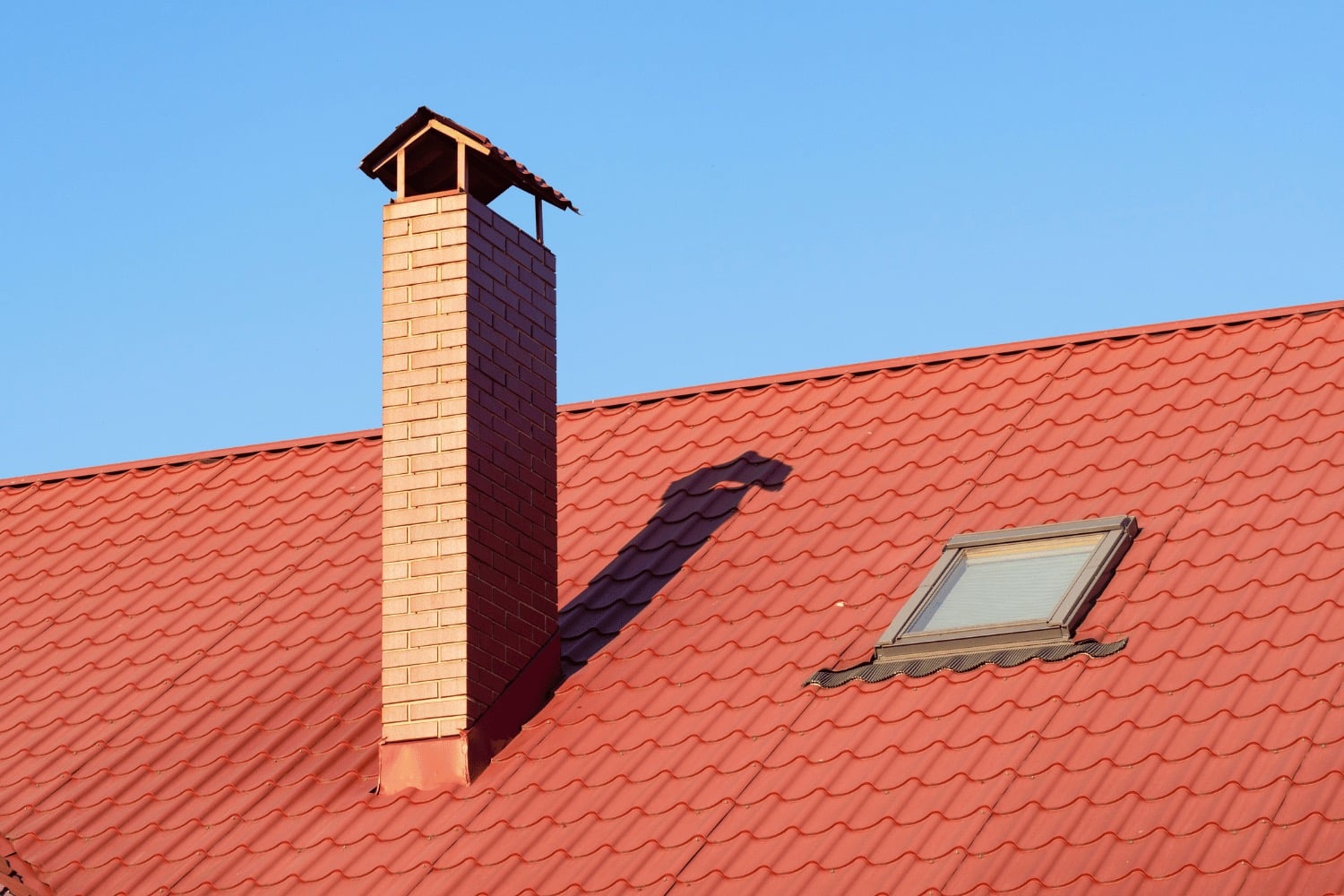
Various materials such as wood and metal flashing can be utilized to construct roof crickets. The choice of material largely depends on the type of roof and the existing roofing material. For steep-sloped roofs, crickets are often built using wood or metal and can be covered by materials like asphalt shingles, copper, or galvanized steel. On low-slope roofs, crickets are commonly made of sloped rigid insulation and covered by the membrane roofing system itself.
Selecting materials that are congruent with the existing roof boosts durability and resistance to weather, thereby guaranteeing smooth integration and optimal performance. Metal flashing is often used in conjunction with roof crickets to provide a double defense against water seepage, making the roofing system more robust and reliable.
Wood-Framed Structures
Wood-framed roof crickets are primarily used on steep slope roofs. These wood framed structures covered with metal or roofing materials like asphalt shingles ensure they blend in with the rest of the roof.
The triangular pattern of wood-framed crickets effectively directs water away from chimneys, skylights, and HVAC systems, preventing water accumulation and potential damage.
Sloped Rigid Insulation
On low-sloped roofs, roof crickets are typically constructed using rigid insulation. This material is then integrated with the membrane roofing system to form a seamless barrier that prevents water pooling and directs water away from vulnerable areas.
The use of tapered insulation ensures effective water diversion on low-slope roofs while maintaining the integrity of the roofing system, and the proper installation of roof drains contributes to this efficiency.
Metal Flashing
Metal flashing is essential for roof crickets as it provides additional protection against water seepage. In fact, crickets require the flashing, especially in areas prone to heavy rainfall or snow. This material is commonly used to cover roof crickets to ensure their longevity and effectiveness.
The combination of metal flashing with other roofing materials ensures a watertight seal and enhances the overall durability of the roofing system.
Steps to Install a Roof Cricket
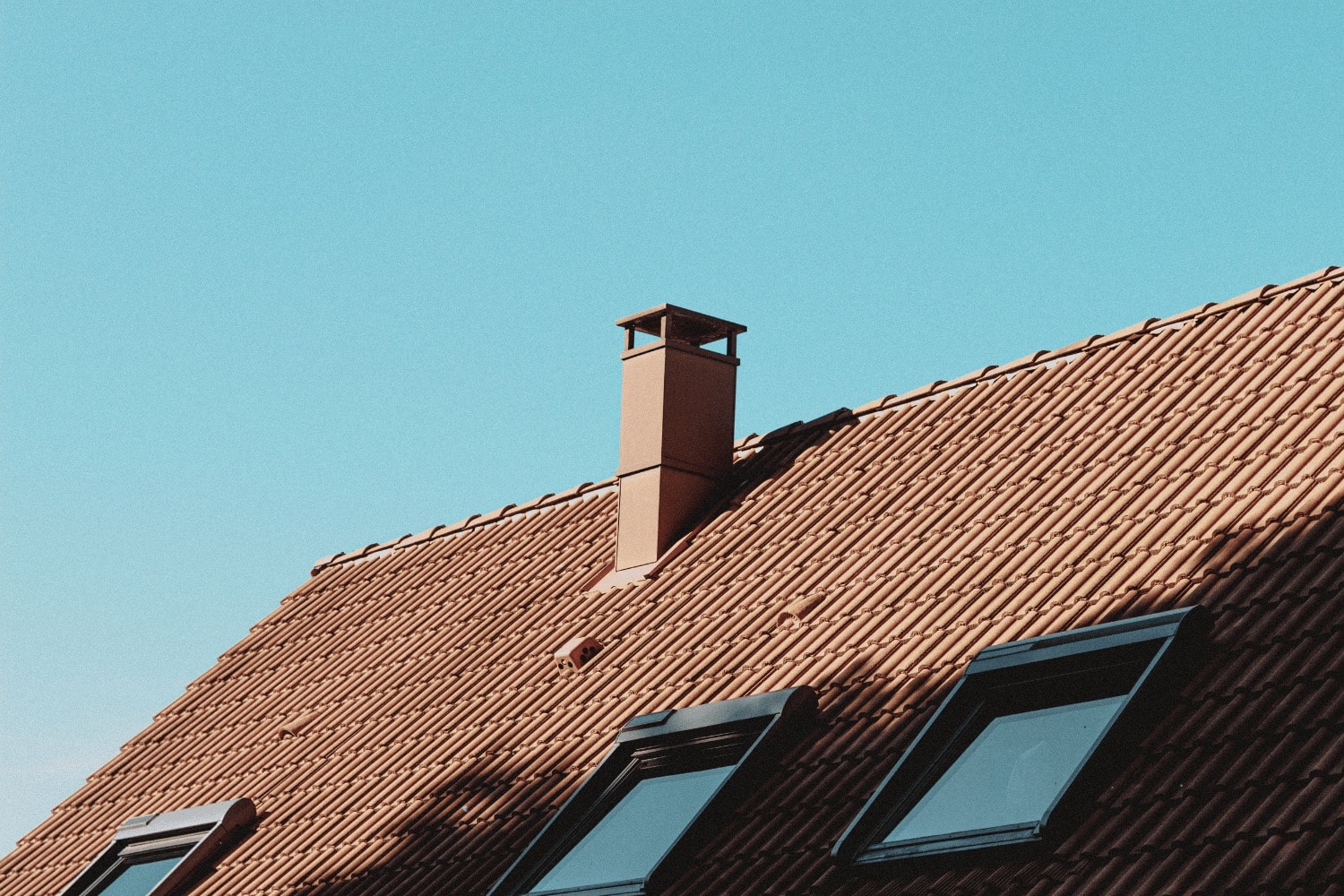
The process of installing a roof cricket encompasses several steps aimed at creating a watertight and resilient structure. The process includes:
-
Preparing the area by cleaning and removing old materials.
-
Building the cricket frame using precise measurements.
-
Securely attaching the cricket frame to the roof deck.
After constructing the frame, the following steps are taken to complete the installation:
-
Sheathing is added for support.
-
Underlayment is added for waterproofing.
-
Metal flashing or shingles are installed to match the existing roof materials and ensure a watertight installation.
Preparing the Area
Begin by cleaning the area around the chimney to ensure a smooth installation process. Here are the steps to follow:
-
Remove old flashing and any debris to prepare the surface for a new roof cricket.
-
Additionally, remove any existing shingles or other roofing materials from the installation area.
-
Inspect the roof deck for any damage that needs repair before proceeding.
Building the Cricket Frame
The cricket frame should be built using precise measurements. Cut the framing materials to the appropriate size based on measurements taken from the roof and use compound miter cuts for the cricket rafters to ensure a proper fit.
Securely attach the cricket frame to the roof decking with framing nails to ensure stability and durability on the roof deck.
Adding Sheathing and Underlayment
Adding sheathing provides essential support for the next layer of roofing material. Sheathing should be cut and nailed to cover the entire cricket frame for added support. Underlayment should then be installed over the sheathing to provide a waterproof barrier, ensuring that the entire saddle structure is covered with ice and water protector underlayment for maximum protection against water infiltration.
Installing Flashing or Shingles
Options for installing on the roof cricket include metal flashing or a combination of metal flashing and shingles. Start by installing metal flashing at the base of the chimney, ensuring it overlaps the roofing material. Secure the flashing with roofing nails and seal the edges with roofing cement to prevent leaks.
Flash the edges of the cricket to prevent water infiltration, and complete the installation by nailing the metal cover in place on the deck, not on the chimney.
Factors to Consider During Installation
During the installation of a roof cricket, various factors need to be considered to guarantee its efficacy and durability. Here are some key considerations:
-
The slope of the roof: It must align with the roof’s pitch for effective water diversion.
-
Size and shape: The roof cricket should match the dimensions of the chimney or other roof protrusion to ensure optimal performance.
-
Local weather conditions: These should guide the choice of materials and fastening methods to ensure the cricket can withstand the elements.
-
Potential hazards: Consider any potential hazards, such as nearby trees or branches, and take appropriate measures to protect the cricket.
By taking these factors into account, you can ensure a successful installation of a roof cricket.
Slope of the Roof
The slope of the roof is a crucial factor for roof cricket installation on pitched roofs. Cricket valleys should match or exceed the slope of the roof to ensure effective water diversion. The minimum roof cricket slope should be 1/4 inch per foot, and in snowy regions, a steeper slope helps in diverting water into the gutters more efficiently.
Size and Shape of Protrusions
The size and shape of the chimney or roof protrusion dictate the dimensions of the roof cricket. Accurate measurement of the chimney, roof, and slope is crucial to ensure the cricket fits correctly and effectively diverts water.
Larger chimneys require larger crickets to properly divert water to the gutter system, and irregularly shaped chimneys may need custom-built crickets to fit properly.
Weather Conditions
Roof crickets are necessary in areas subject to heavy rainfall or snow to comply with building regulations and protect the roof structure. The roof cricket should be secure in high wind areas, and the roof’s slope should match local weather, such as steep slopes for snowy regions.
Considering roofing materials and weather conditions when installing a roof cricket ensures compatibility, longevity, and optimal efficiency.
Maintaining Your Roof Cricket
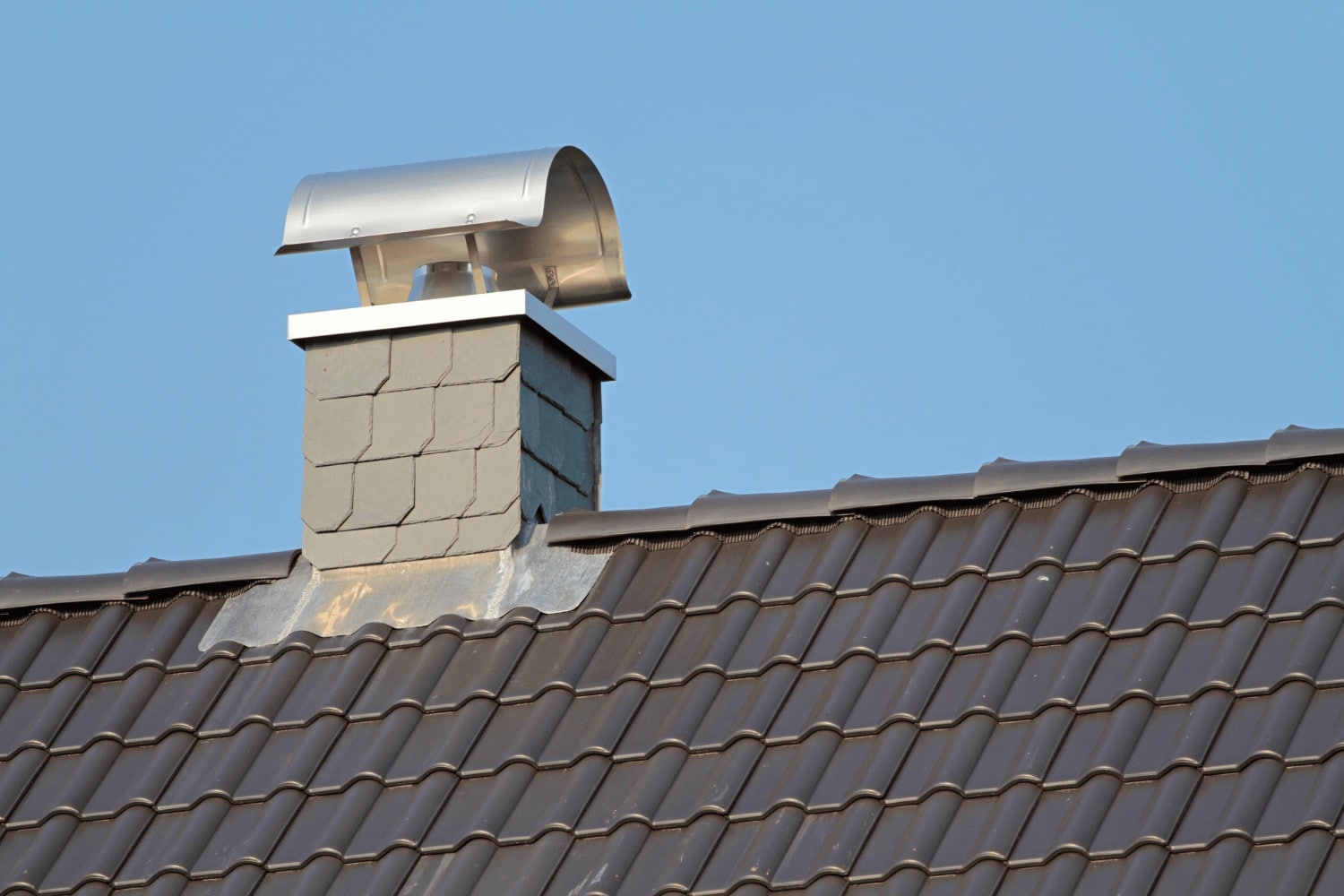
Maintaining your roof cricket properly is vital in ensuring its durability and functionality. Regular inspections help detect and address any issues early, preventing minor problems from escalating into major repairs. Cleaning your roof cricket regularly to remove debris and moss buildup is essential to avoid water accumulation and potential damage.
Additionally, ensuring the cricket is properly sealed will prevent moisture penetration and maintain its performance.
Regular Inspections
Frequent inspections of the roof cricket help detect persistent issues early, allowing for timely repairs. By inspecting the cricket regularly, you can identify gaps in the shingles or loose fasteners that may compromise its effectiveness.
Addressing these issues promptly ensures the roof cricket continues to protect your roofing system from water damage.
Cleaning and Repairs
Be sure to clear any debris on the roof cricket. Doing so will help maintain its performance and prevent water from ponding. Remove any moss buildup and promptly repair any damage found during inspections to maintain the cricket’s effectiveness.
Seal any detected gaps or cracks around the edges of the cricket with caulk or another sealant to ensure a watertight barrier.
Hiring Professional Roofing Contractors
Engaging a professional contractor for the installation and repairs of roof cricket guarantees:
-
Top-notch workmanship
-
Adherence to building codes
-
Expertise in installing roof crickets and other flashing correctly
-
Ensuring the roofing system’s durability and effectiveness
-
Valuable advice on the best materials and methods for your specific roof type and local weather conditions.
When selecting a contractor, it’s essential to verify their credibility by asking for their legal business name and checking their insurance coverage to ensure they meet state requirements. Avoid contractors who agree to drop off an estimate without a thorough inspection of your roof.
Reliable roofers, such as those from Rapid Roofing, can handle all your roofing needs, offering services that include installation, repair, and maintenance.
Summary
In conclusion, roof crickets are vital components of a roofing system, designed to prevent water damage by directing water away from vulnerable areas like chimneys and skylights. Proper installation of roof crickets involves careful preparation, precise construction, and the use of appropriate materials to ensure a watertight and durable structure. Regular maintenance, including inspections and cleaning, is essential to maintain the effectiveness of roof crickets and prolong the life of your roofing system.
Investing in roof crickets not only enhances the longevity of your roof but also helps comply with building codes and protect your home from structural damage. By hiring professional roofing contractors, you can ensure that your roof crickets are installed correctly and maintained properly. Remember, a well-maintained roof cricket is a small investment that pays off by safeguarding your home and extending the life of your roof.
Frequently Asked Questions
What is a roof cricket?
A roof cricket is a triangular structure that is installed behind a chimney, skylight, or other roof protrusion to divert water towards a drainage location and prevent water pooling and potential leaks.
Why are roof crickets important?
Roof crickets are important because they prevent water damage, enhance roof longevity, and comply with building codes by directing water away from vulnerable areas, reducing the risk of leaks and structural issues.
What materials are used for roof crickets?
Roof crickets can be made from materials such as wood, sloped rigid insulation, and metal flashing, with the specific material chosen depending on the roof type and existing roofing materials.
How often should I inspect my roof cricket?
You should inspect your roof cricket regularly to detect and address any issues early, which will help identify and fix any potential problems such as gaps in the shingles or loose fasteners.
Should I hire a professional to install a roof cricket?
Yes, it’s advisable to hire a professional contractor for installing a roof cricket to ensure high-quality workmanship and compliance with building codes, as well as to benefit from their expertise and valuable advice on materials and methods.

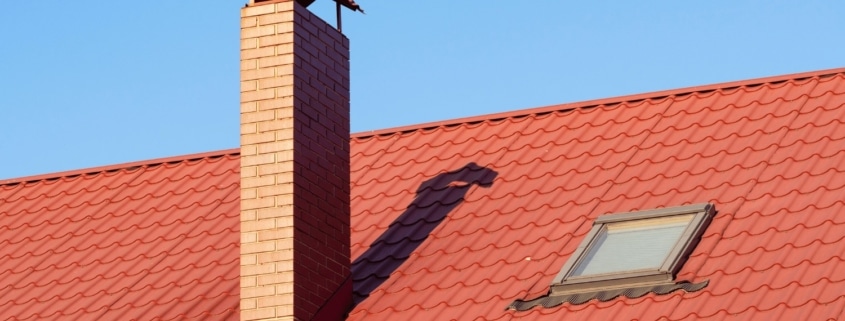
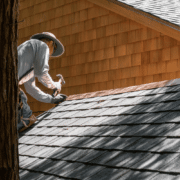
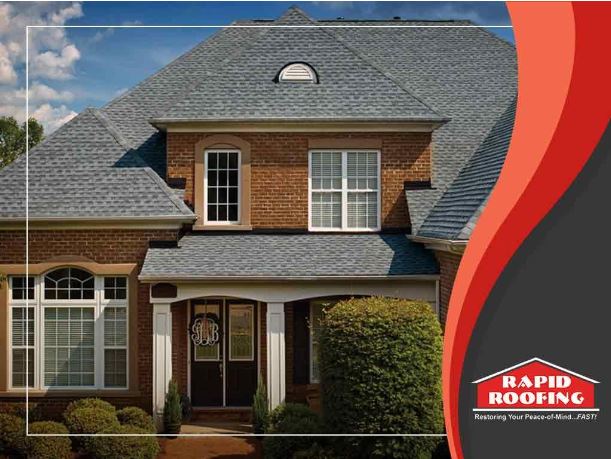
 Residential Roofing
Residential Roofing Storm Damage
Storm Damage Multi-Family Homes
Multi-Family Homes
